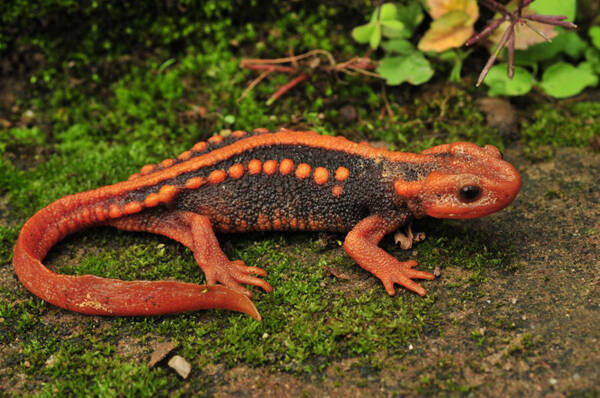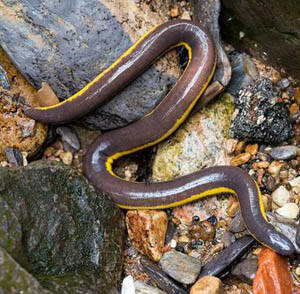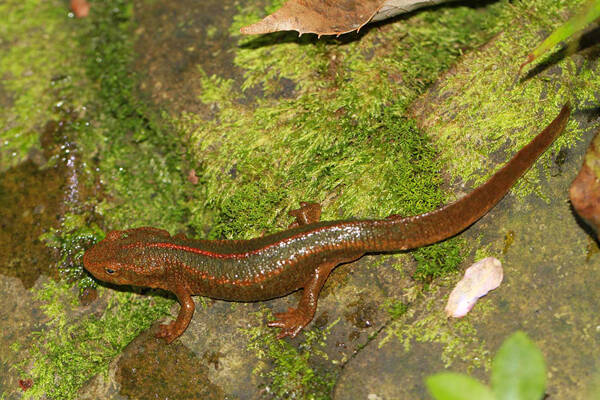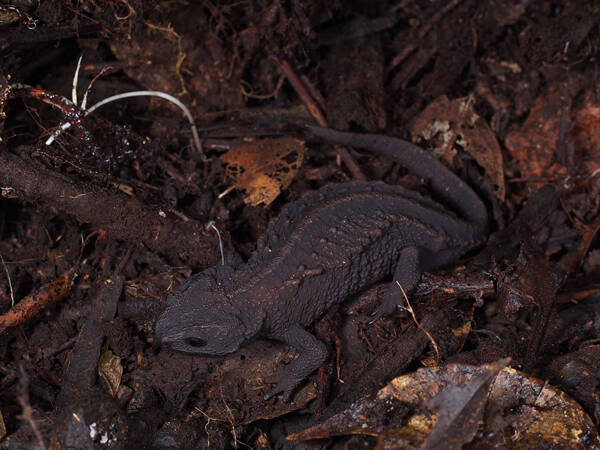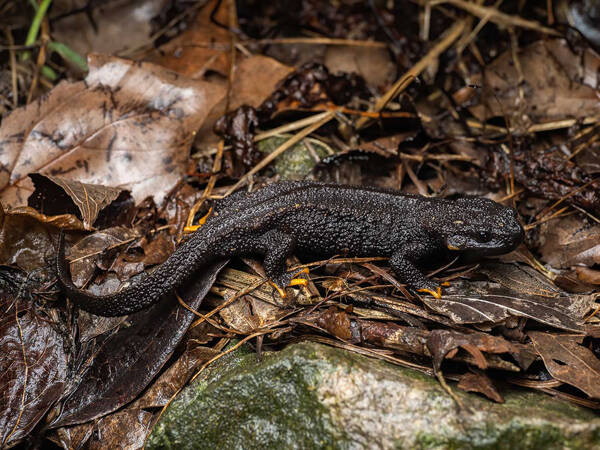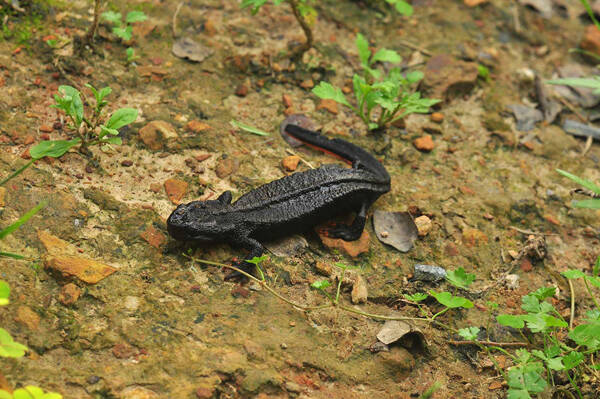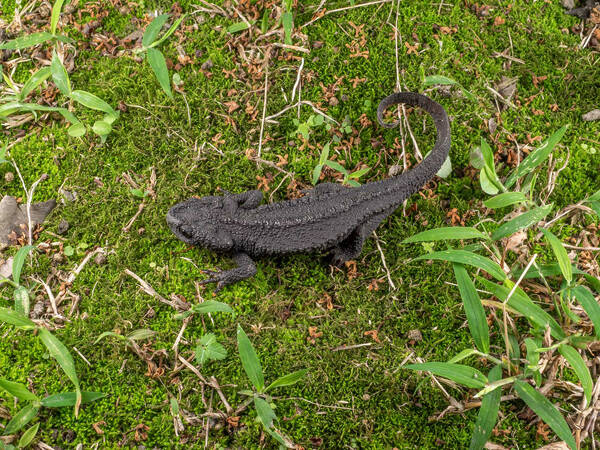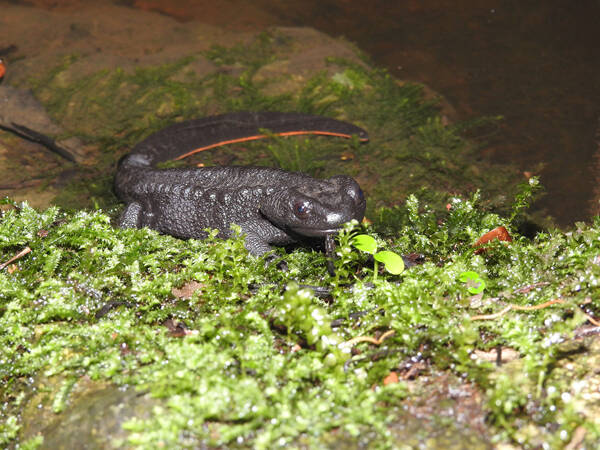Tylototriton verrucoosus Anderson
IUCN
LCBasic Information
Scientific classification
- name:Tylototriton verrucoosus Anderson
- Scientific Name:Tylototriton verrucoosus Anderson, fine warty newt, golden unicorn newt, red gecko, water gecko, baby snake
- Outline:Urodela
- Family:Caudata Salamandridae Cynodontidae
Vital signs
- length:125-200mm
- Weight:
- lifetime:
Feature
The spine is significantly raised, and there is a row of 14 to 16 spherical scrofula on each side of the body. The body color is brown-red or brown-yellow.
Distribution and Habitat
In China, it is distributed in Yunnan (Lushui, Tengchong, Longling, Longchuan, Yingjiang, Baoshan suburbs, Dali, Dayao, Jinggu, Jingdong, Shuangbai, Yangbi, Xinping, Lijiang, Jinghong, Luchun, Jianshui, Yongde, Qiaojia) and Guangxi (Guilin). Abroad, it is distributed in Thailand and Myanmar.
It lives in forests and near rice fields in mountainous areas at an altitude of 1000-2000m.
Appearance
The head is flat, the head is longer than the head is wide, the snout is high and slightly square, the whole body is covered with warts, the ridges on both sides of the back of the head are significantly raised, the back end is curved inward, the top of the head is slightly concave, and there are rounded edges on the sides of the body. There are 14-16 scrofula grains arranged in longitudinal rows; the neck folds are obvious and there are horizontal stripes on the ventral surface of the body. The back and sides of the body are brown and black; the head, back spine, scrofula on the sides of the body, tail, limbs, and around the anus are all brown-red or brown-yellow.
Details
Red warty newt is a tailed amphibian of the family Salamandridae and the genus Warty Newt. It lives in mountainous areas with lush forests, overgrown weeds and near rice fields at an altitude of 1,000 to 2,400 meters. Adult newts live on land. In the non-breeding season, they often live under grass in the forest or in a humid environment, foraging for insects and other small animals.
Red warty newt is an oviparous animal, often living in a humid environment. The breeding season is from May to June, and they often mate and lay eggs in still water. Female newts lay about 75 eggs, which are single or connected in a single line and scattered on water plants. The egg diameter is 2.5 mm to 3 mm. The animal is extremely light brown-gray, and the plant is extremely creamy yellow. The larvae grow and develop in the water, and switch to terrestrial life when they grow up.
The distribution area is fragmented, the area and quality of the habitat continue to decline, and over-capturing has made the species close to the "vulnerable" level, so it is listed as "near threatened".
Listed in the second level of the "List of National Key Protected Wildlife in China".
